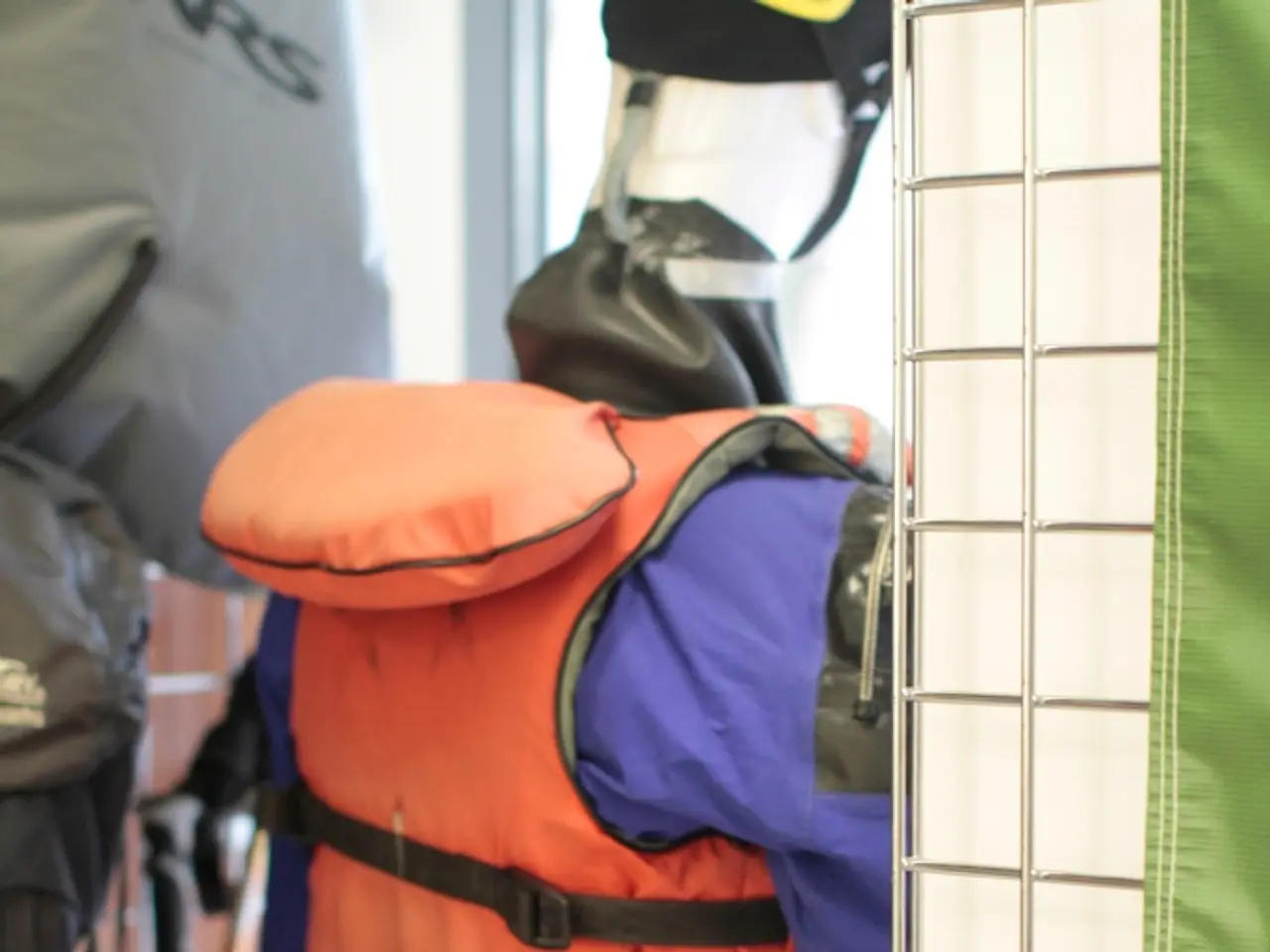Eradicating and Disposing of Head Lice: Therapies and Home Remedies
A recent national survey has revealed that many mothers hold inaccurate beliefs about treating head lice. The survey found that nearly 90% of moms believe they need to remove eggs, and half think multiple treatments are necessary. However, it's essential to understand the correct methods for lice treatment to ensure effective results.
When it comes to treatment, using only one product at a time is recommended. Regular shampoo should be avoided for one to two days after treatment. Continuous checking for nits and lice should be done for two to three weeks after treatment, as a full course of treatment may not work due to lice resistance or improper use of the product.
There are several medications commonly recommended for head lice treatment. The most commonly used are permethrin, pyrethrin, malathion, and dimethicone. Permethrin lotion, 1 percent (Nix), kills both live lice and nits and leaves a residue to kill newly hatched lice, but shampoos and conditioners may interfere with its effectiveness. Pyrethrins, a natural extract from chrysanthemums, kills live lice but not nits and should not be used by those allergic to chrysanthemums or ragweed.
Other treatments include Benzyl alcohol lotion (Ulesfia), which kills lice but not eggs, and a repeat treatment is needed. It is safe for pregnancy and breastfeeding but should not be used for children under 6 months of age. Spinosad topical suspension (Natroba) is also effective with only one application and does not require repeated treatment, but it should not be used for children under 6 months of age. Ivermectin lotion (Sklice) is an effective treatment with only one application, but it should not be used for children under 6 months.
Malathion (Ovide) is an OTC treatment that requires a second treatment if lice are seen seven to nine days after the first. It is extremely flammable and should only be used for pregnant or breastfeeding women in consultation with a doctor, and not for children less than 6 years of age. Lindane, while a prescription treatment, is associated with serious side effects and should only be used if other treatments fail. It should not be used for premature infants, those with HIV, pregnant or breastfeeding women, children, the elderly, or those weighing less than 110 pounds.
When it comes to removing dead or live lice, a fine-toothed comb or a special nit comb is recommended, especially for children younger than 2 years. After treatment, dead or live lice should be removed with a fine-toothed comb eight to 12 hours later. Complete removal of lice eggs (nits) is unnecessary, though using a lice comb can help.
Common situations that facilitate lice transfer include being in school, sitting in close proximity to others, sleeping in the same bed, and sharing personal items. Lice can only survive outside the head for 24 hours and are commonly transferred through direct head-to-head contact or sharing of personal items like combs, brushes, and towels. Combs and brushes should be soaked in boiling water for five to 10 minutes after use.
According to a 2014 survey, moms who chose prescription treatments were more likely to be satisfied than those who chose OTC treatments. Tea tree oil shows promise as a natural treatment for head lice but may require more time and more frequent applications.
An estimated 6 to 12 million cases of head lice occur each year in the United States among children ages 3 to 11. Most infestations originate from close contact with someone who has lice. It's essential to educate ourselves and our children about the proper methods for head lice treatment and prevention to ensure a healthy and lice-free environment.
Read also:
- Connection Between ADHD and Trauma?
- West Nile Virus detected in Kentucky for the first time; authorities advise locals to adopt safety measures
- Microcosmic Universe Within Humans: Potential Secret to Human Longevity, Scientists Speculate
- Pharmacy Bachelor's Degree: Career Overview, Educational Requirements, Essential Skills, Job Prospects, Choices, Future Trends, Obstacles Encountered







